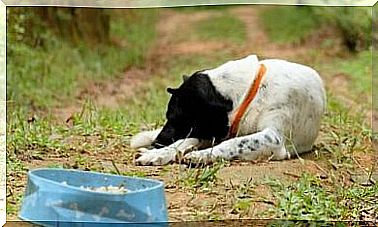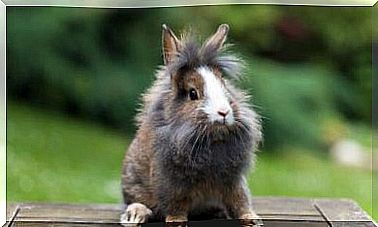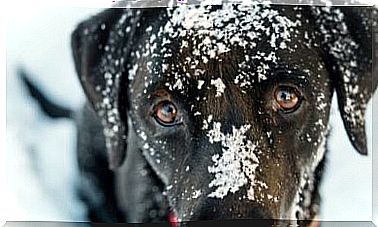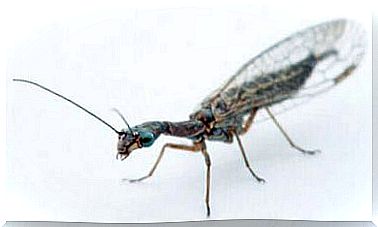6 Genetic Diseases In Cats
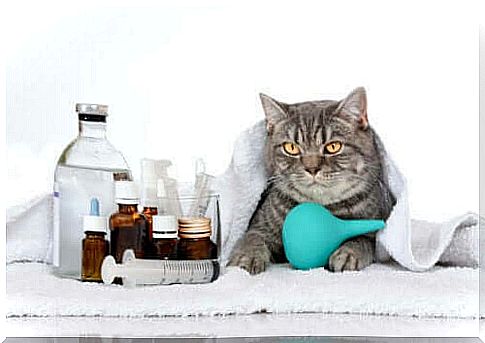
Experts are studying genetic diseases to improve reproduction in many animal species. Because in dogs, cats, horses and other living things, they are an important factor in the selection for breeding and preservation of the breeds. Therefore, in today’s article, we want to introduce you to six genetic diseases in cats that are particularly common.
Experts have discovered around 60 genes and mutations that are responsible for the clinical condition in cats. In fact , cats can suffer from more than 300 genetic diseases, many of which are similar to human pathologies. Therefore, we want to tell you everything you need to know about it below.
6 genetic diseases in cats
Scientific advances in understanding the genome of species make it possible to identify the molecular basis of various genetic diseases. Experts are studying them in cats too, as this breed accompanies humans and their health is a key issue in veterinary medicine.
This research enables the development of genetic analyzes for diagnostic purposes useful in diagnosing disease in asymptomatic samples and in controlling and eradicating genetic diseases in a population. Thanks to these techniques, it is possible to avoid crossing animals that are carriers of harmful mutations.
But despite all the advances, domestic cats are still affected by a variety of diseases, depending on their breed and genome. Below are the six most common genetic diseases in cats.
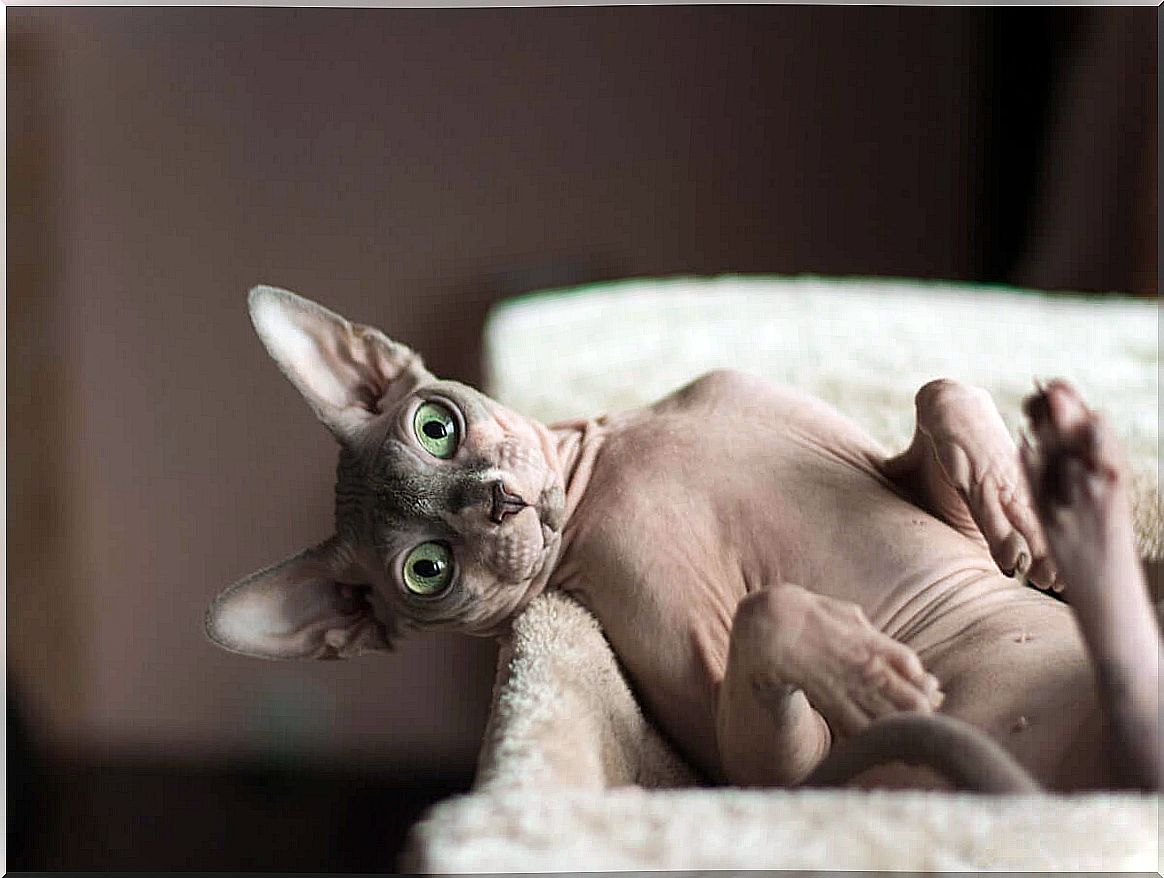
1. Polycystic Kidney Disease (PKD), the most common genetic disease in cats
Polycystic kidney disease is an autosomal dominant genetic disorder that affects Persian cats and their crossbreeds, Burma cats, and British shorthairs, among others. Experts consider it the most common genetic disease in cats, as Persian cats are one of the most popular breeds of cats around the world.
This condition causes the appearance of small, closed, fluid-filled kidney cysts that can be detected with ultrasound. Over time, the cysts grow and multiply, which affects kidney function and ultimately leads to chronic kidney failure.
A cat can even be born with these cysts. But they are usually detected by an ultrasound scan when the cat is around six months old. Experts estimate that approximately up to 50% of Persian cats have polycystic kidney disease.
2. Hypertrophic cardiomyopathy (HCM)
Hypertrophic cardiomyopathy is the most common heart disease in domestic cats and is also inherited in breeds such as the Maine Coon and Ragdoll. This disease causes the muscle walls of a cat’s heart to thicken.
This cardiomyopathy is caused by a point mutation in the gene that codes for the protein found in the fibers of the heart muscle. Cats with this mutation can be affected in a number of ways. In fact, the most severe cases usually lead to heart failure.
3. Spinal muscular atrophy (SMA) is also a genetic disease
This is an autosomal recessive disorder that usually manifests itself by the time a cat is 12 weeks old. The loss of neurons in cats leads to atrophy and a weakening of the skeletal muscles.
Symptoms range from abnormal gait and posture to inability to jump and climb, movement intolerance, sensitivity to back friction and shortness of breath. Since the disease is not fatal, affected cats can easily reach adulthood. However, it leads to various handicaps and limitations, which is why cats with illnesses require special care throughout their lives.
4. Progressive Retinal Atrophy (PRA)
The affected cats are born with perfectly normal eyesight. However, changes in the retina appear around the age of one and a half to two years . The rods, i.e. the cells that are responsible for recording movement, night vision and peripheral vision, are increasingly degenerating. In addition, the photoreceptor cells are also affected.
Because of the degeneration of these two types of photoreceptors, the cat will go blind between the ages of three and five years. The breeds of cats that are particularly likely to develop progressive retinal atrophy include the Abyssinians, Somali cats, Siamese cats, Singapura cats, and Tonkanese, among others.
5. Pyruvate kinase deficiency (PK), another genetic disease in cats
When there is a deficiency of the enzyme pyruvate kinase in the red blood cells, Abyssinian, Somali, and domestic cats with short fur can often have inherited hemolytic anemia. This is another genetic condition that is very common in cats.
The cat’s body does not have enough healthy red blood cells to supply oxygen to the various tissues. Red blood cells are destroyed earlier than normal, leading to symptoms such as severe lethargy, diarrhea, pale mucous membranes, loss of appetite, and weight loss. The condition can be diagnosed through blood tests.
6. Gangliosidosis
Gangliosidosis is an inherited neurodegenerative disease caused by a point mutation in a gene. This disease was first described in Siamese cats and then in Korat cats.
Neurological symptoms appear when the cats are three and a half months old. At first, usually in the form of a slight tremor of the head or the extremities. As the disease progresses, terminally ill cats (when they are around nine to ten months old) experience gait disorders, blindness, and seizures.
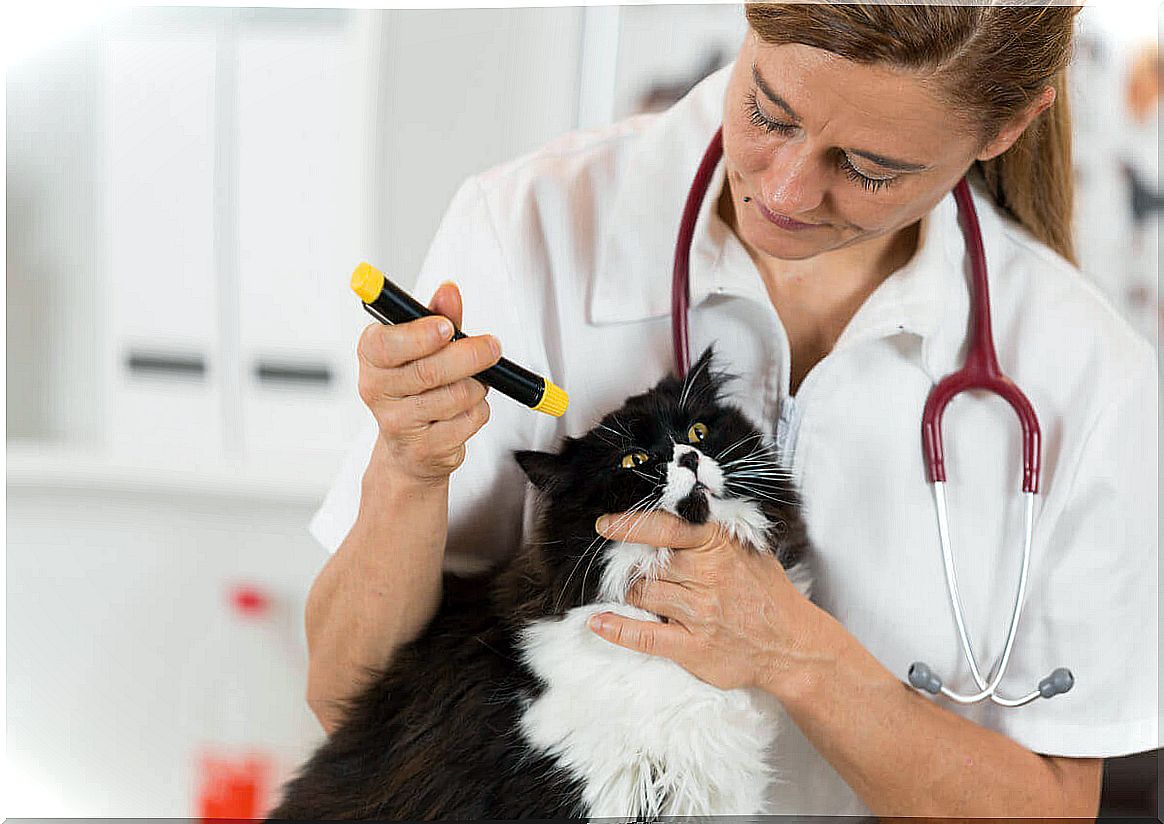
These are the 6 most common genetic diseases in cats. If you are planning on purchasing a cat belonging to any of the breeds listed above, it is important to contact a trusted breeder and do a thorough research of the diseases that could develop over time. In addition, you should inquire about the genetic tests available on the market.



